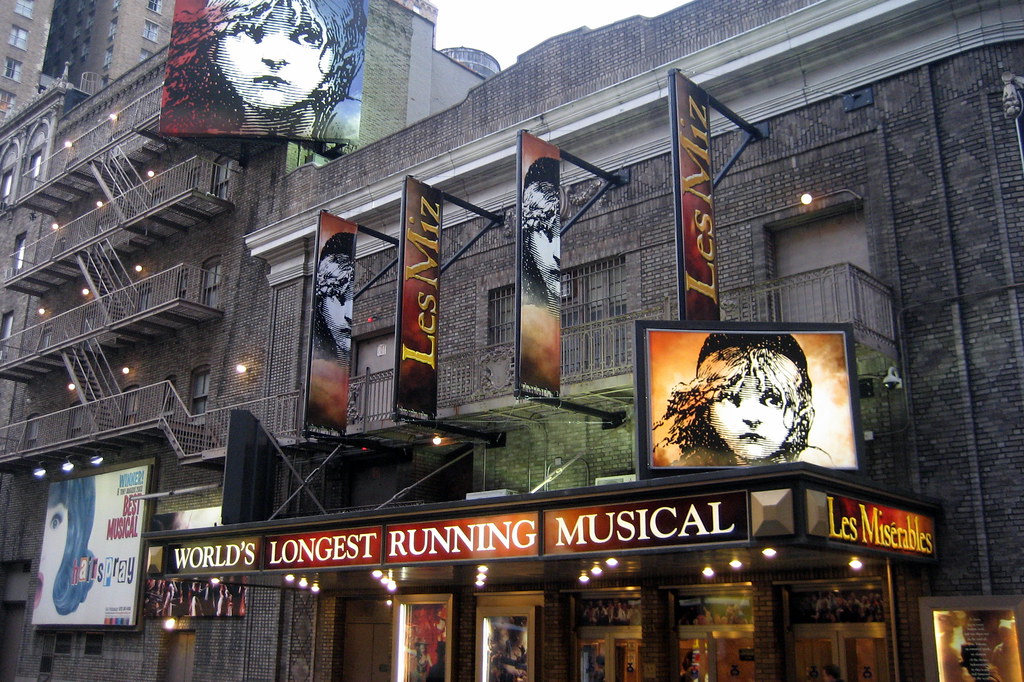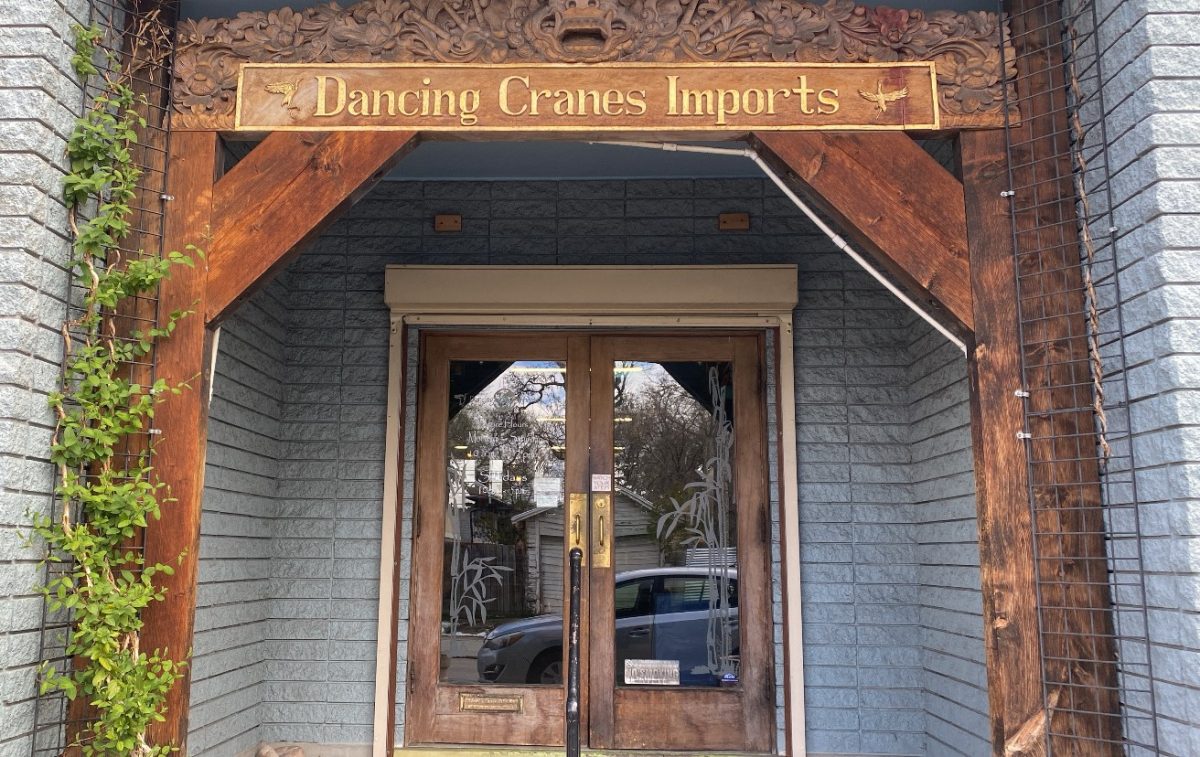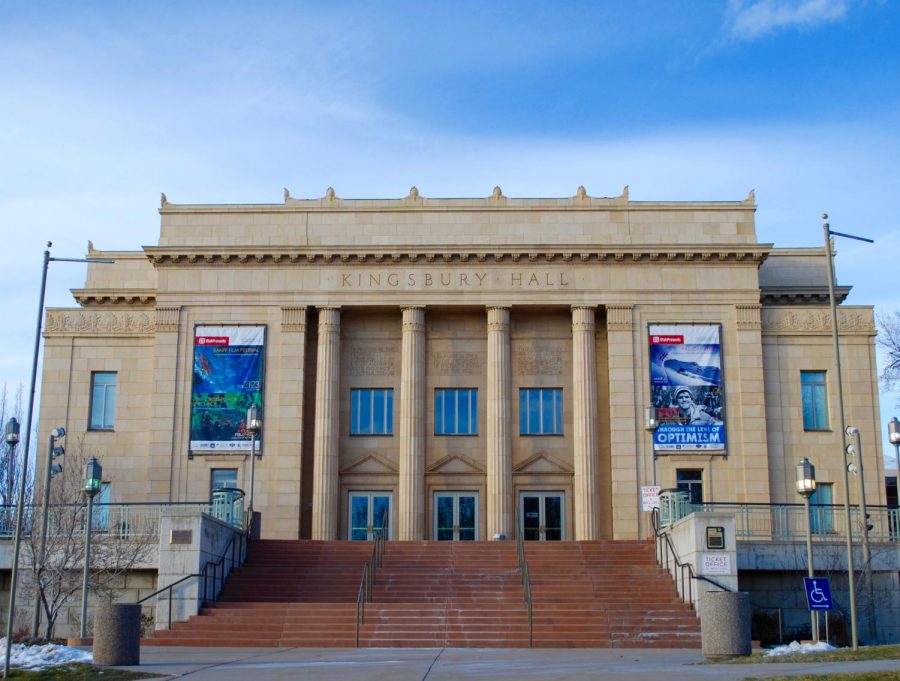
By converging the masterpieces of the “Spiral Jetty” film and the “Leaning Mirror” sculpture, the Utah Museum of Fine Arts is highlighting the work of Robert Smithson, whose short life ended in 1973.
Today at 5 p.m., the overlay of Smithson’s creations blasts off when Kelly Kivland, assistant curator for New York’s Dia Art Foundation, explains the importance of “Leaning Mirror.” After Kivland’s lecture, the art space will screen Smithson’s movie “Spiral Jetty.”
By utilizing a mirror and sand, “Leaning Mirror” epitomizes Smithson’s definition of off-site art. Though the piece is housed in gallery spaces, it symbolizes the artist’s fascination with land and scenery. Now at the UMFA, “Leaning Mirror” reflects the museum’s collection. When it sits at the Dia Art Foundation, it displays images of the foundation’s surroundings.
“It reflects not only the outdoor site, where the materials were gathered, but it also reflects on the indoor site. It brings together these two elements in one sculpture,” Kivland said.
As witnessed in “Leaning Mirror,” Smithson was fascinated with the looking glass. To him, the device had a philosophical meaning. He felt mirrors offered a path through time. As glass objects, mirrors are comprised of refined sand.
“You look in the mirror, you see yourself,” Kivland said. “And through yourself, you see the origins of time.”
Smithson believed that when looking in a mirror one was witnessing the beginning of the object when it was merely a grain of sand.
Similar to the mirror, Smithson used spirals to signify the aspect of time. He did so with “Spiral Jetty.”
“One of the elements of the spiral is the idea of time,” Kivland said. “If you unwind a spiral, you are unwinding the hands of time.“
Unlike a documentary, this film takes the form of poetry, not truth. With aerial shots of the land installation sharing the same name, “Spiral Jetty” allows people to view the sculpture through Smithson’s eyes. Covered in water shortly after its completion, the “Spiral Jetty” art installation was not completely viewable until 2002.
“It is the most well-known and most iconic earth work. It represents that movement that came out the ’60s and ’70s, which is taking art outside of the galleries and considering the landscape,” said Whitney Tassie, UMFA curator of modern and contemporary art.
For quite some time, the only way to witness the sculpture was through film. In addition to taking artwork from the Great Salt Lake and projecting it on the silver screen, the movie adds depth to Smithson’s idea of his on-site creation.
“It references his interest in cosmic forces, geology and the sense of time,” Tassie said.
To the UMFA, the conjoining of sculpture and movie not only spotlights Robert Smithson but also recognizes the historical importance of the Great Salt Lake. With a partnership between the UMFA, the Great Salt Lake Institute and the Dia Art Foundation, curators from all sides have planned events and exhibits.
[email protected]










